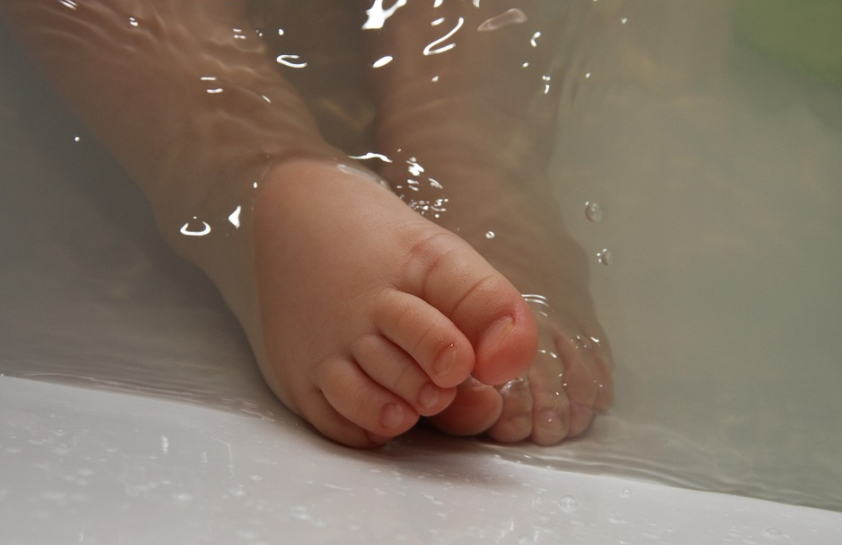
When you see or read about something new being done in education, there is a tendency of getting excited and changing direction to explore a new pedagogy. There’s nothing wrong with changing direction, but it is good to be mindful of a couple of things.
A change in direction takes time, energy and can often confuse students when we change direction mid-term or even during the year. Additionally, those reluctant to change will not engage in a modification of established practice as they know that in 3 months time you will be heading off in another direction.
[bctt tweet=”how can we challenge stale schooling without throwing out sound practice?” username=”adifrancis”]
Change needs to be well thought out and supported.
One observation I have made in relation to professional development is that with new ideas emerging in relation to the pedagogy in our classrooms, there can be pressure to change the way we operate after a workshop. This may not be a bad thing, as long is it is not change for change sake and not done in isolation of the vision of the school.
[bctt tweet=”Learning can be enhanced by exploring new innovative pedagogy.” username=”adifrancis”]
Not only can constant change cause change fatigue, sometimes sound practise is sacrificed for something new and shiny. It is important to recognise the wisdom and experience of teachers who have been in the game for some time. There should be opportunity to reflect on good practice and see how learning can be enhanced by exploring new innovative pedagogy, which may or may not include technology.
This is, of course, different from those who are reluctant to explore and change what they do so that students can operate in their preferred modality of learning. The comment or quote that goes something like – “I’ve been teaching for 15 years” – can mean “I’ve taught the same year 15 times” – but you get my gist.
Once Khan Academy started to gain notoriety there seemed to be a flood of teachers flipping their classrooms. One methodology does not solve or change the educational paradigm, in fact it can cripple it. The flipped classroom can lead to deeper thinking by changing your practice and methodology, or it will just be the same as before, but on YouTube.
Paul Andersen has some great insights into the use of gaming in education. A key point is that any change needs to be carefully planned and implemented with enough scaffolding to empower students to direct their learning. Student centered learning encapsulated in project based learning and combined with a gamified and flipped classroom has real potential for deeper engagement and learning.
The question I always come back to is how do we offer constructive professional development so that the paradigm of stale schooling is challenged without throwing out sound practice. I think it comes down to time. Time to reflect, time to collaborate and time to utilise global resources that are now at our fingertips. There needs to be structured time to consolidate learning, create new learning experiences and honor the skill base of teachers in our schools.










